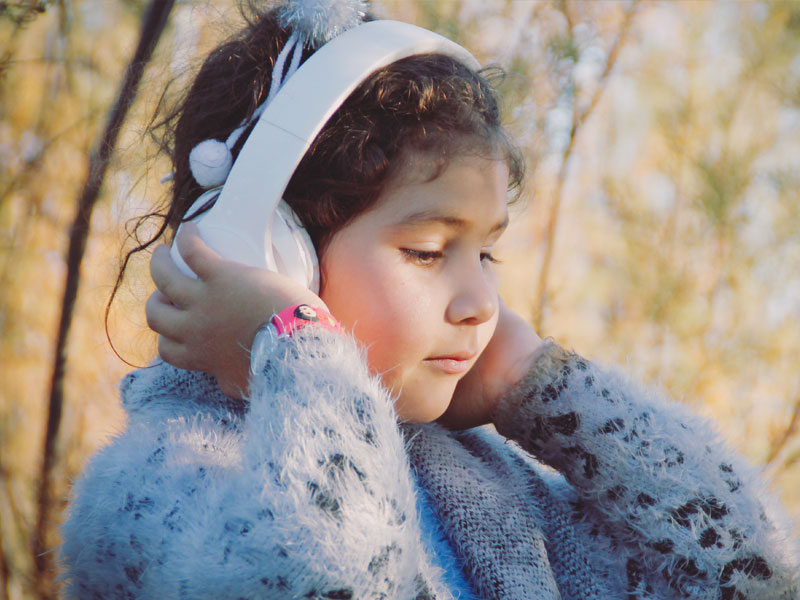Last Updated on 12th October 2022
The UK Council for Internet Safety (UKCIS) in conjunction with the Safeguarding Board for Northern Ireland (SBNI) have published guidance for professionals on how to challenge victim blaming language and behaviours when dealing with the online experiences of children and young people. The guidance is aimed at professionals in educational settings working with children and young people, in order to help them better understand, recognise, and respond to victim blaming.
We hope this article will help school staff and teachers feel more confident when they are dealing with safeguarding concerns and definitions about online victim blaming. By providing realistic examples and practical steps, SBNI and UKCIS have created an outline for safeguarding professionals to follow at any stage, allowing them to assist and inspire children and young people in their care to feel safer online.
You can find the guidance below.

Join our Safeguarding Hub Newsletter Network
Members of our network receive weekly updates on the trends, risks and threats to children and young people online.








